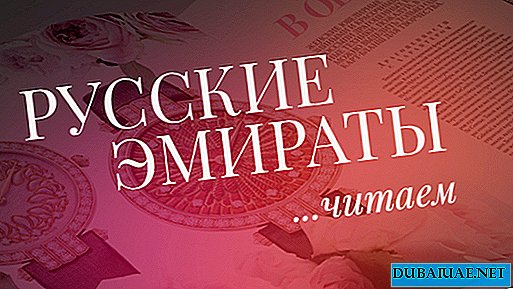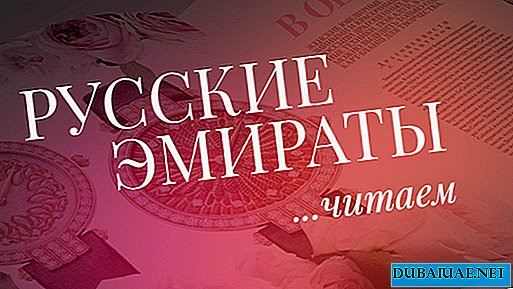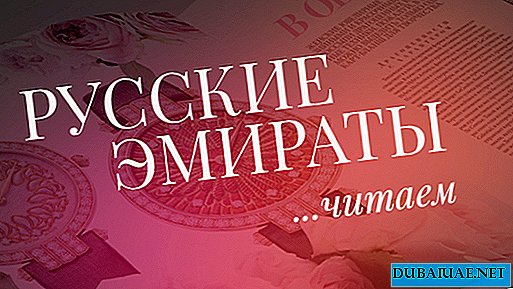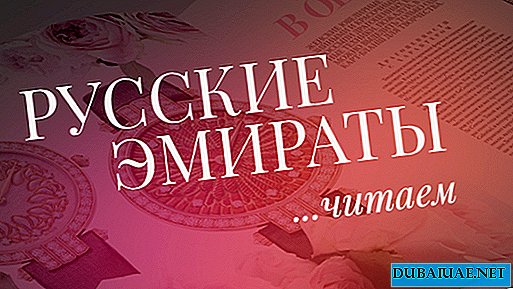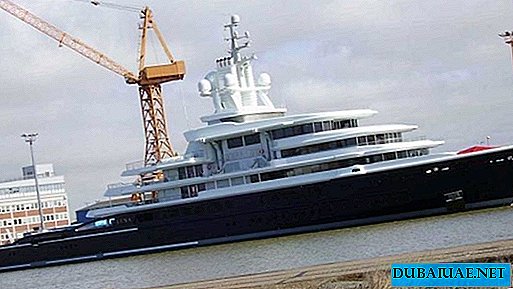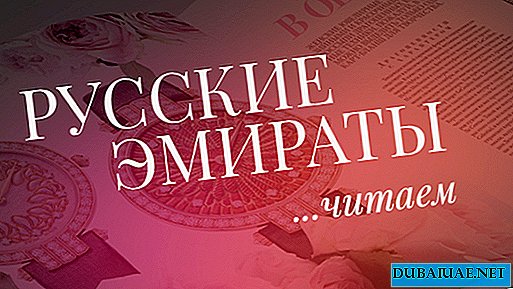ASPREY JEWELERY HOUSE WAS FOUNDED IN THE VILLAGE BY MITCH OF COUNTY OF SURREI IN 1781 BY WILLIAM ESPRI, BECAUSE OF THE KIND OF HUGENOTS, PART OF WHICH RUN FROM FRANCE TO ENGLAND FROM THE STERLES. It is not surprising that the representatives of the “Craftsman Nation” were beautiful blacksmiths, tanners and watchmen.

Initially, William took up silk-screen printing, but soon this business evolved into the art of metal artwork. In 1841, the eldest son Charles entered into a partnership with the London haberdashery, which was located on Bond Street in London, but after 6 years the contract was terminated, and the family business Esprey moved to the historic building at 167 New Bond Street, where to this day. It should be noted, however, that since then the street itself has turned into a vibrant center, where numerous jewelry and haberdashery shops, bookstores, art galleries and craft workshops are located.
Asprey House advertised its products as "Exclusively designed and high-quality products, jewelry and accessories that bring wealth, beauty, subtle taste and grace to the house." At the very beginning, their specialization was the manufacture of wooden caskets with accessories made of pure silver, which then began to be made of leather. So they became more portable and convenient for traveling by rail. It should be noted that the company has significantly strengthened its position thanks to a number of mergers and acquisitions. In 1859, Asprey took over Edwards, the holder of world prizes in the manufacture of travel luggage, the holder of the royal guarantee and the supplier of products for Queen Victoria herself. Later, the company also bought the Alfred club.
At the 1862 World's Fair, Asprey received a personal certificate from the Queen of Great Britain and won a gold medal for the excellent quality of its products. Since then, he has established himself as a manufacturer of luxury goods. In the same XIX century, the company received another royal guarantee from the Prince of Wales, who later became King Edward VII, but remained an avid admirer of the brand.
I must say that Asprey received recognition not only from the British royal dynasty: many foreign rulers and dignitaries also often looked at the store on New Bond Street.
In the 20th century, Asprey expanded production and hired the best craftsmen, jewelers and watchmakers. So, one of the employees of the workshop was Ernest Betzheman, the father of the famous poet John Betzheman and one of the most respected designers of his time. In the glamorous 1920s, orders began to pour on the company from the powers that be, from the American millionaire John Pirpont Morgan to monarchs like Maharaja Patiala Bhupindar Singh, who acquired teak travel chests for his wives. Each of them was equipped with silver dishes for swimming, their hands were crowned with a tiger head, and they themselves were embroidered with blue velvet.
In 1953, the brand took a direct part in the coronation of Elizabeth II: desserts, coffee and liquor were served in 18-carat gold dishes weighing almost 27 pounds. Until now, Asprey supplies a significant part of the royal jewelry. In addition, the brand is especially popular with Arab monarchs. For example, the crown prince of Saudi Arabia presented Princess Diana of Wales with a luxurious set of sapphires and diamonds as a wedding gift. Lady Dee received an equally beautiful set of jewelry in 1986 from the hands of the Sultan of Oman.
Asprey House can rightfully be proud of its service - high at all levels: both in the store and in the jewelry workshop on the upper floors of the New Bond Street building. The secrets of her jewelers are passed down from generation to generation, and the brand itself remains synonymous with luxury and sophisticated taste. Today, we know Asprey as a manufacturer of excellent jewelry, watches, leather, silver, porcelain, crystal and rare books - all of which are of unrivaled quality.
Interesting detail
Perhaps one of the most expensive accessories in the world was a black leather handbag from Asprey, sold in 2011 at a Christie's charity auction for 25 thousand British pounds. It belonged to the "Iron Lady" Margaret Thatcher. During her reign, the British Prime Minister appeared with this elegant and concise black leather handbag at the most important events: including at state meetings with US President Ronald Reagan and the first USSR President Mikhail Gorbachev. She became a kind of symbol of state power. Margaret herself received the accessory as a gift from George Schultz, Secretary of State Reagan, in 1988. Thatcher said of her: "It was not a shield, it was a weapon."


